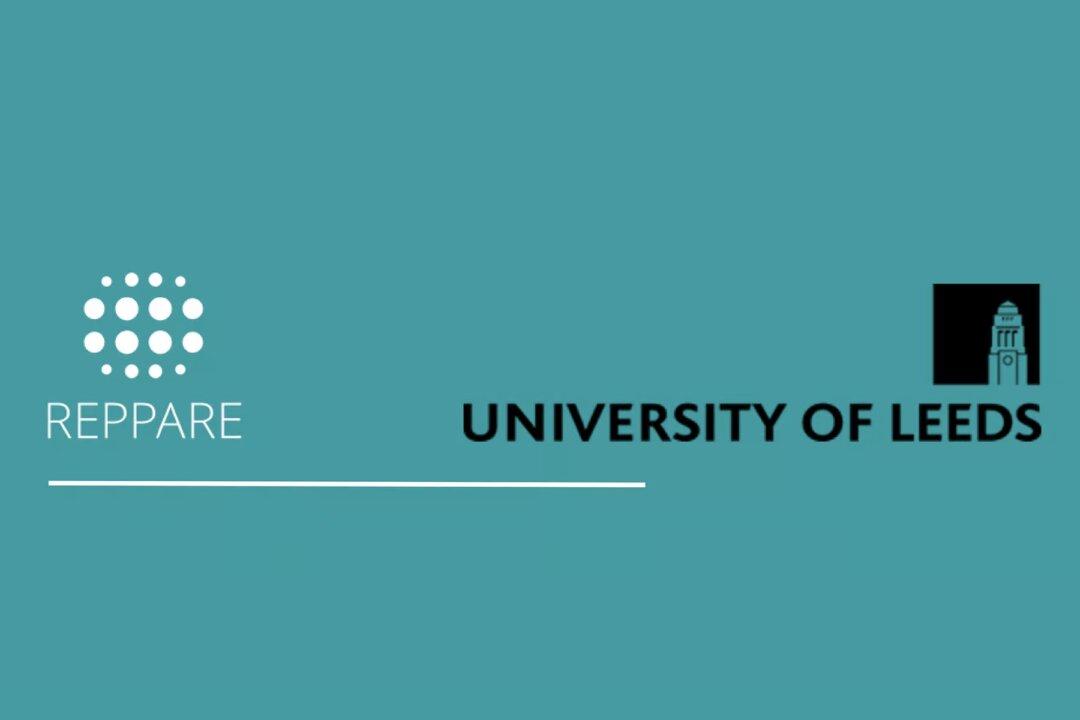The Basics of Policy Development
All public health interventions have costs and benefits, and normally these are carefully weighed based on evidence from previous interventions, supplemented by expert opinion where such evidence is limited. Such careful appraisal is particularly important where the negative effects of interventions include human rights restrictions and long-term consequences through impoverishment.
Responses to pandemics are an obvious example. The world has just emerged from the COVID-19 event, which should have provided an excellent example, as broad new restrictive interventions were widely imposed on populations, while some countries offer good comparators by avoiding most of these restrictions.The WHO calls such measures Public Health and Social Measures (PHSM), also using the largely synonymous term non-pharmaceutical interventions (NPI). Even if we assume that countries will continue to enjoy full sovereignty over their national policies, WHO recommendations matter, if only because of epistemic authority or shaping of expectations. In 2021, the WHO established a PHSM Working Group which is currently developing a research agenda on the effects of PHSM. As part of this remit, it is expected that the WHO will re-examine their recommendations on PHSM rigorously to reflect the lessons from COVID-19. This process is envisaged to be completed by 2030.
It is therefore curious that the WHO, without providing any comparison of cost and benefit from COVID-19, concluded a 2023 meeting with public health stakeholders from 21 countries with a call to action on all countries “to position PHSM as an essential countermeasure alongside vaccines and therapeutics for epidemic and pandemic preparedness and response.” With Member States due to vote in late May to make WHO recommendations within the International Health Regulations (IHR) effectively binding, “undertaking to follow the Director General’s recommendations before they are given, one would expect these recommendations would be based on a thorough and transparent review that justifies their imposition.”IHR Benchmarks
In 2019, the WHO defined “benchmarks for International Health Regulations (IHR) capacities,” which did not include PHSM. Although the IHR are still being revised, the benchmarks have been updated in 2024 as “benchmarks for strengthening health emergency capacities.” The update includes new benchmarks on PHSM, which are stated by the WHO to “play an immediate and critical role throughout the different stages of health emergencies and contribute to decreasing the burden on health systems so that essential health services can continue and effective vaccines and therapeutics can be developed and deployed with their effects maximized to protect the health of communities.”
In the new document, PHSM are said to “range from surveillance, contact tracing, mask wearing and physical distancing to social measures, such as restricting mass gatherings and modifying school and business openings and closures.” A new benchmark on PHSM has been included. For example, to meet the level of “demonstrated capacity,” States are now expected to “review and adjust PHSM policies and implementation based on timely and regular assessment of data” and to “establish whole-of-government mechanisms with well-defined governance and mandates to implement relevant PHSM.”
However, the document also acknowledges that PHSM can have “unintended negative consequences on the health and well-being of individuals, societies and economies, such as by increasing loneliness, food insecurity, the risk of domestic violence and reducing household income and productivity” [i.e. increase poverty]. Accordingly, another new benchmark has been introduced: “The protection of livelihoods, business continuity and continuity of education and learning systems is in place and functional during health emergencies.” Disruptions particularly to schooling now seem to be expected during health emergencies as reflected in benchmarks involving “policies for alternative modalities to deliver school meals and other school-linked and school-based social protection when schools are closed due to emergencies.” While potentially being rooted in an acknowledgement of the harms of the COVID-19 response, this benchmark also illustrates the extent to which the COVID-19 event now shapes the idea of what a pandemic response looks like. No other pandemic or health emergency was ever addressed through similarly prolonged disruptions to the economy or to education.
Furthermore, benchmarks on border control measures now expect States to “develop or update legislation (relevant to screening, quarantine, testing, contact tracing, etc.) to enable the implementation of international travel related measures.” To meet the “demonstrated capacity” benchmark, States must “establish isolation units to isolate and quarantine suspected human or animal cases of communicable diseases.”Due Research
These new benchmarks illustrate a remarkable departure from WHO’s pre-COVID guidelines. The most detailed such recommendations were laid out in a 2019 document based on a systematic review of non-pharmaceutical interventions for pandemic influenza. Despite SARS-CoV-2 spreading similarly to influenza, these guidelines have been widely ignored since 2020. For example, the 2019 document stated that border closures, or quarantining healthy contact persons or travellers were “not recommended in any circumstances.” The isolation of patients was recommended to be voluntary noting that workplace closures of even 7-10 days may disproportionately harm low-income people.
Prior to 2020, most discussed PHSM now proposed by the WHO had never been implemented at large scale and data on their effects was accordingly scarce. For example, the 2019 review recommended wearing masks when symptomatic and in contact to others, and even “conditionally recommended” wearing masks when asymptomatic during severe pandemics purely based on “mechanistic plausibility.” Indeed, two meta-analyses of randomized controlled trials (RCTs) of face masks published in 2020 found no significant reduction in influenza transmission or influenza-like illness.
Today, we have an abundance of evidence on the effects of PHSM during the COVID era. Yet, there could hardly be more disagreement regarding efficacy. A Royal Society report concluded that lockdowns and mask mandates decreased transmission and their stringency was correlated with their effectiveness. Meanwhile, a meta-analysis estimated the average lockdown in Europe and North America to have reduced COVID mortality by merely three percent in the short term (at high cost) and an updated Cochrane Review still found no evidence for the effectiveness of masks in community settings (let alone mask mandates) in RCTs. The lower level of restrictions in Nordic countries was associated with some of the lowest excess all-cause mortality in the world between 2020 and 2022, including Sweden which never resorted to general lockdowns or mask mandates.New Recommendations
Notwithstanding the variable evidence of effectiveness and harm, and the ongoing 7-year WHO review process, the WHO has begun to revise recommendations on PHSM. The first publication of the WHO’s newly launched initiative Preparedness and Resilience for Emerging Threats (PRET), titled “Planning for respiratory pathogen pandemics,” advocates for a “precautionary approach to infection prevention early in the event” that “will save lives” and tells policy makers to “be ready to apply stringent PHSM, but for a limited time period in order to minimize associated unintended health, livelihood and other socio-economic consequences.” These recommendations are not founded on any systematic review of new evidence, as was attempted in the 2019 influenza guidance, but largely on unstructured, opinion-based “lessons learned” compilations of committees convened by the WHO.
The 2023 version of the WHO’s “Managing Epidemics” handbook, first published in 2018 and intended to inform WHO country staff and health ministries, illustrates this lack of evidence-base. Comparing both editions of the same document shows a marked normalization of COVID-19-era PHSM. For instance, the earlier version recommended sick people wear masks during severe pandemics as an “extreme measure.” The revised handbook now recommends masking everyone, sick or healthy, not merely during severe pandemics but even for seasonal influenza. Covering of faces is clearly no longer considered an “extreme measure” but normalized and portrayed as similar to hand washing.
Elsewhere, the 2018 version of “Managing Epidemics” stated:
“We have also seen that many traditional containment measures are no longer efficient. They should therefore be re-examined in the light of people’s expectations of more freedom, including freedom of movement. Measures such as quarantine, for example, once regarded as a matter of fact, would be unacceptable to many populations today.”
The 2023 edition revises this to:
“We have also seen that many traditional containment measures are challenging to put in place and sustain. Measures such as quarantine can be at odds with people’s expectations of more freedom, including freedom of movement. Digital technologies for contact tracing became common in response to Covid-19. These, however, come with privacy, security and ethical concerns. Containment measures should be re-examined in partnership with the communities they impact.”
The WHO no longer considers quarantine inefficient and unacceptable, but merely “challenging to put in place and sustain” because it can be at odds with people’s expectations.
A new section on “infodemics” gives advice on how to manage people’s expectations. States are now encouraged to set up an “infodemic management team” that shall “debunk misinformation and disinformation that could have a negative health impact on people and communities, while respecting their freedom of expression.” Again, evidence is not provided as to why this new area of recommendations are needed, how “truth” is arbitrated in such complex and heterogeneous situations, or how potential negative effects of stifling exchange of information and discussion of complex issues will be addressed.Infodemic Management in Practice
Tedros Adhanom Ghebreyesus, the WHO’s Director-General recently reassured the world in a speech:
“Let me be clear: WHO did not impose anything on anyone during the Covid-19 pandemic. Not lockdowns, not mask mandates, not vaccine mandates. We don’t have the power to do that, we don’t want it, and we’re not trying to get it. Our job is to support governments with evidence-based guidance, advice and, when needed, supplies, to help them protect their people.”This is not the only example of the WHO adopting a proactive strategy of “infodemic management” as it recommends States to do. The latest draft of the Pandemic Agreement includes a new paragraph:
“Nothing in the WHO Pandemic Agreement shall be interpreted as providing the Secretariat of the World Health Organization, including the WHO Director-General, any authority to direct, order, alter or otherwise prescribe the domestic laws or policies of any Party, or to mandate or otherwise impose any requirements that Parties take specific actions, such as ban or accept travellers, impose vaccination mandates or therapeutic or diagnostic measures, or implement lockdowns.”
The latter claim is particularly noteworthy because it ignores the proposed IHR amendments accompanying the pandemic agreement, through which countries will undertake to follow future recommendations on PHSM within a legally binding agreement, while the Pandemic Agreement does not include any such propositions.
The WHO promises to “support governments with evidence-based guidance” but appears to be promoting PHSM recommendations that conflict with their own guidance without any apparent new evidence base. Given that countries did well without following highly restrictive measures, and the long-term impacts of reduced education and economic health on human health, the principle of “do no harm” would seem to demand more caution in applying such consequential policies. Policies need an evidence base to justify their adoption. Given the trajectory of natural outbreaks, contrary to WHO claims, is not increasing, it seems pertinent to expect one from the WHO before they push Member States to risk the health and economic well-being of their populations next time a pandemic or health emergency is declared.



